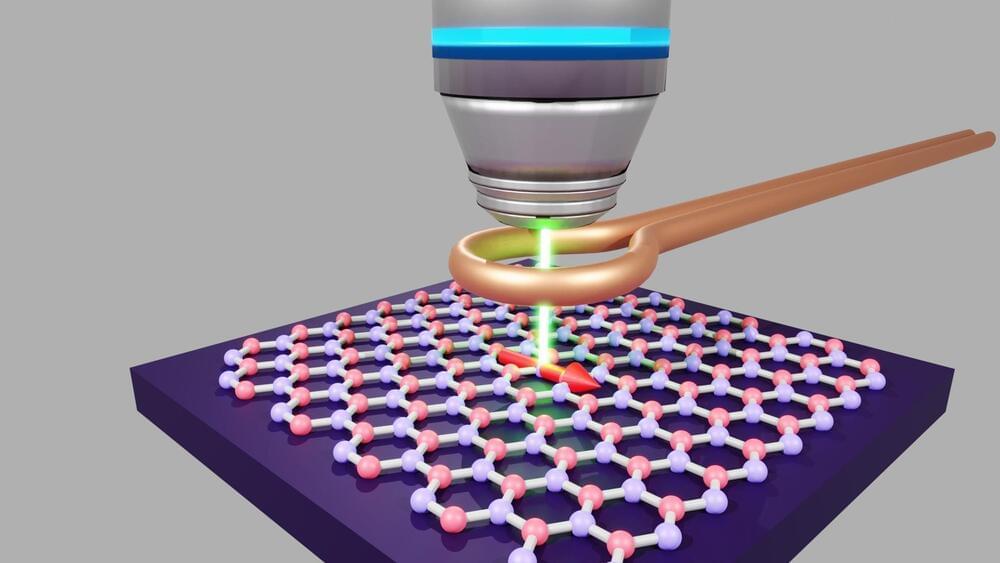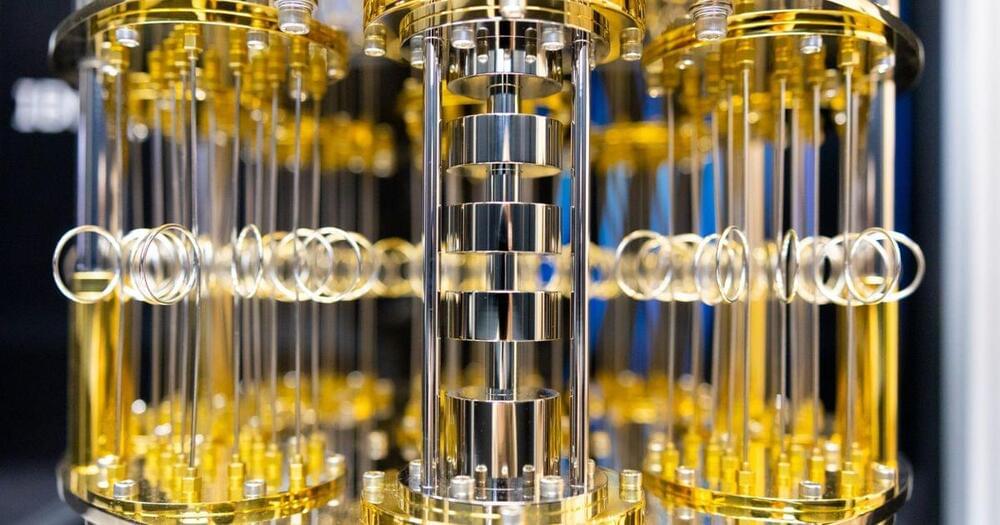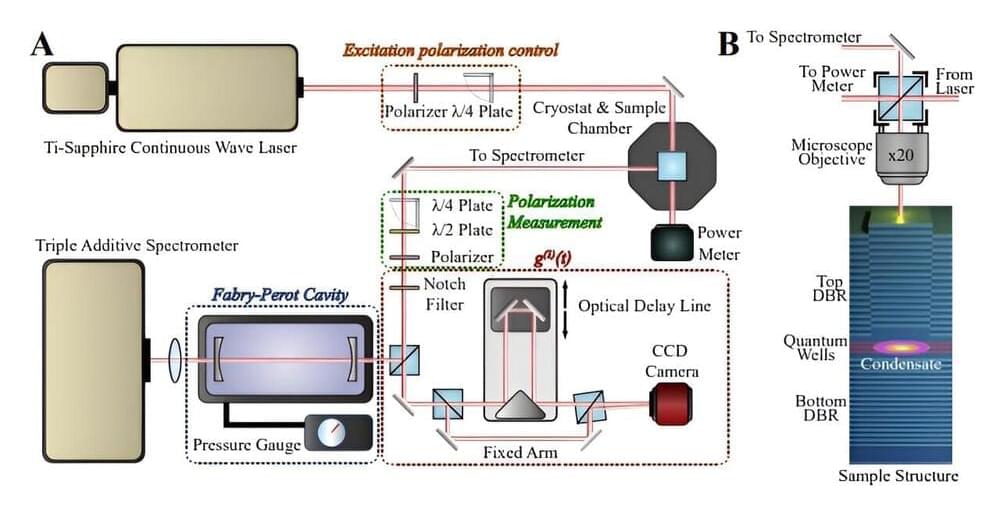Scientists at the Cavendish Laboratory have discovered spin coherence in Hexagonal Boron Nitride (hBN) under normal conditions, offering new prospects for quantum technology applications.
Cavendish Laboratory researchers have discovered that a single ‘atomic defect’ in a material known as Hexagonal Boron Nitride (hBN) maintains spin coherence at room temperature and can be manipulated using light.
Spin coherence refers to an electronic spin being capable of retaining quantum information over time. The discovery is significant because materials that can host quantum properties under ambient conditions are quite rare.







